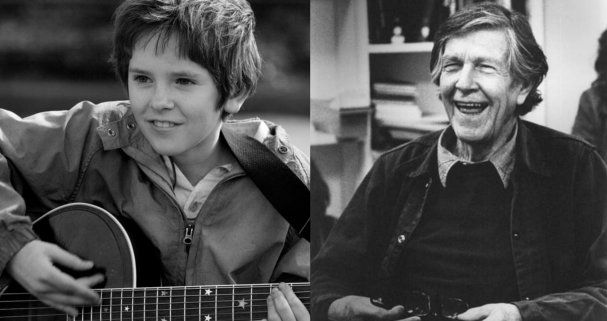The Figure
Here's how it appears in the sonata, in the key of G Major:
 |
| (RH: treble clef, LH: bass clef) |
I liked the shape of this line so much that I decided to integrate it into my jazz vocabulary. It's easy to construct and figure out in any key: It begins on the tonic, approaches the major third by a half step, encloses the tonic, moves stepwise down to the 5th of the scale, continues to the 6th with a chromatic passing tone, encloses the 4th, then continues down stepwise until making it "home" to the tonic.
Applying the Figure
It can be used over major chords, and is easily repeatable (as Beethoven demonstrates in his sonata), given you are using a proper fingering. For instance in the key of G, I make sure my thumb is landing on the root (G) and the fifth (D) of the scale. This ensures that the fingers are in position to repeat the pattern for the next octave below.
Practicing the Figure
Take this pattern around the circle of fifths all 12 major keys. You'll find that slightly different fingerings will be necessary for each key, but the adjustments are only minor. Many keys may use identical fingerings for this pattern. To get you started, I created a sheet with the pattern in the keys of C, F, Bb, and Eb. At the end of the sheet, I also included the pattern in the original key of G major. Fingerings have been included, but they are only suggestions, as your fingers might prefer something else.
Video
In this video, I play the pattern first in C major a few times, then I continue to take it around the cycle, as per the sheet.
Links
Download the worksheet: Beethoven Worksheet
Watch the video again: Watch again

